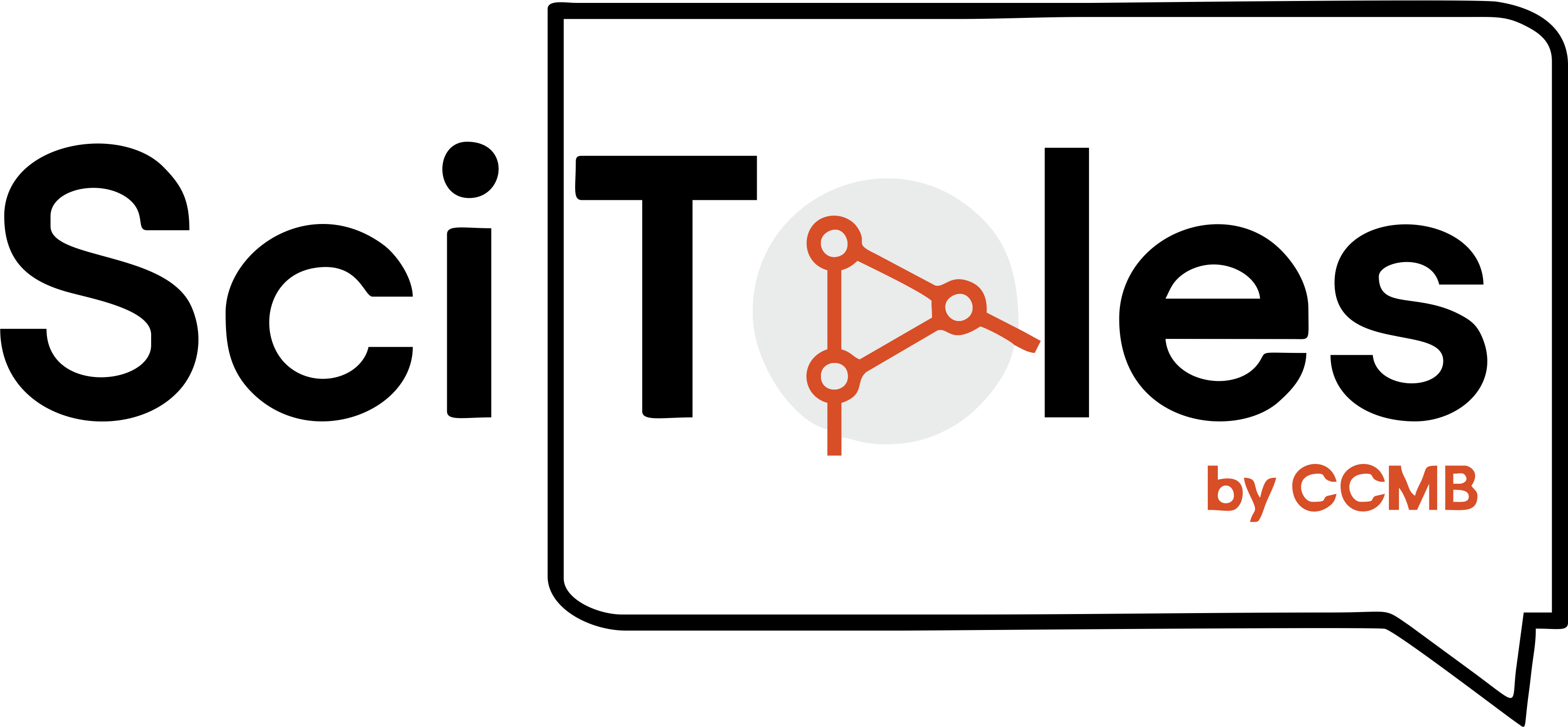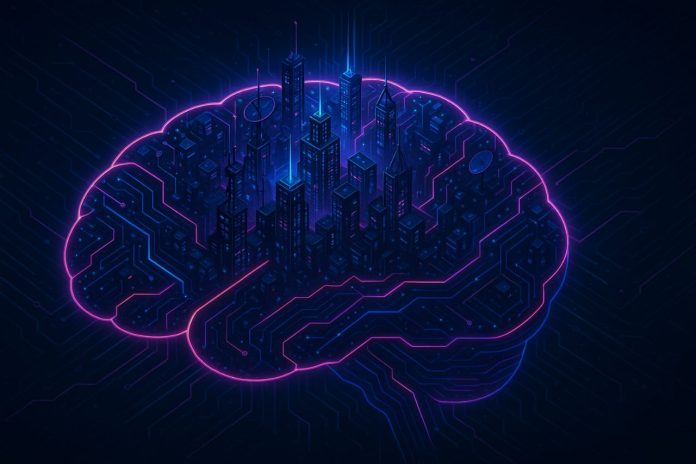I live in Mumbai, the city that never sleeps.
It is a city embroiled in coordinated chaos—where local trains barrel through crowded platforms like the sea meeting the sand, where traffic honks in a strange symphony, and yet, somehow, amidst this typhoon of noise and movement, everything happens on time. Every time!
Our brains are no different. Awake or asleep, neurons work ceaselessly, ensuring every thought, emotion, and memory flows as it should.
So what happens when our personal Mumbais break down? What happens when there’s a power outage in the brain?
Inside the brain’s city, trains run, signals flash, messages move. But in depression, this city stalls. Trains stop. Roads jam. Signals flicker. The entire network slows to darkness.
Depression is an age-old, silent killer, one that clouds the mind with sadness and despair so deep that life itself can feel unliveable.
Keeping the City Running: Treatment Routes for Depression
Antidepressants are the first line of treatment for depression. They work like traffic controllers, improving the flow of information across the brain’s network of roads. In the city of the brain, electrical signals and chemical messages carry thoughts, emotions, and commands—ensuring that everything from mood regulation to decision-making happens smoothly. By enhancing neuroplasticity—the brain’s ability to adapt and reorganize—antidepressants help restore this flow and treat depression.
But even the best-managed traffic systems face roadblocks. Similarly, genetics, biology, and environment can make antidepressants and psychotherapy less effective for some people. When these treatments fail to clear the jams, a stronger, a more transformative intervention like Electroconvulsive Therapy (ECT) is sometimes needed to restore order. It is like the emergency crew that restarts the grid, cautiously but powerfully, bringing the city back online.
According to the National Institutes of Health (NIH), 30-50% of patients with major depressive disorder do not respond to standard treatments, making alternatives like ECT important for such drug-resistant cases of depression.
Rewiring the Brain’s Cityscape
In a depressive episode, the prefrontal cortex—the brain’s traffic controller—burns less fuel and becomes sluggish, unable to properly regulate thought, emotion, and decision-making.
But smooth traffic needs more than just an alert controller; the signals across the brain’s network also have to function in harmony. Just like Mumbai’s roads are ruled by red and green lights, our brains rely on two key systems to maintain mental flow. Glutamatergic receptors act as green lights, telling neurons to ‘go’—speeding up thoughts, emotions, and actions. GABAergic receptors serve as red lights, slowing things down to prevent overload and mental gridlock.
In depression, this delicate rhythm is disrupted—too many green lights get stuck on red, causing the city to stall. Thoughts slow, emotions freeze, and the normal flow of mental activity grinds to a halt.
This is where ECT comes in.
Modern studies try to understand how ECT exactly reboots the brain. In this study, scientists at CCMB induced a brain blackout, by stressing mice until their behaviour changed: they no longer sought out sugar water, they gave up swimming and when faced with a dead end in a maze, they gave up looking for a way out. Their cities had stalled.
Upon application of ECT, depressed mice demonstrated significant behavioural improvement. They moved more and started seeking out sweetened water. Slowly but surely, the city was coming back to life.
Scientists wanted to look inside the neurons of the brain as they received the shock. They used a special glucose labeled with 13C (a form of carbon) as a tracer to look at the neurons’ functioning.
13C glucose acts like a metabolic GPS for the brain. When this special form of glucose passes the blood-brain barrier, the neurons and other brain cells use it as fuel—just like they normally use glucose. But because of the 13C label, scientists can ‘see’ where the glucose goes and how it’s broken down during energy production and neurotransmitter synthesis, using the Nuclear Magnetic Resonance spectroscopy technique. By tracking the movement of 13C through different brain chemicals, researchers get a detailed picture of how the brain’s metabolism is working—or not working—in conditions like depression.
The scientists found interesting things in the mice brains after a series of jolts of electric current. The traffic lights—the glutamate-driven green signals and the GABA-controlled red signals—started to function properly again. Even the brain’s chemical infrastructure showed signs of recovery. Inositol, a molecule that acts like the city’s communication towers by helping brain cells send signals, returned to healthy levels after being reduced during depression.
But surprisingly, the main power supply that runs these signals—the brain’s energy system—was still not working properly. It’s like the traffic is flowing better, even though the power station feeding the signals hasn’t been repaired.
Most other treatments for depression work by restoring both the signals and the energy supply. But ECT seems to follow a different route to help the brain heal — it improves brain function without fixing the power system, and that might actually be part of how it helps. In fact, some scientists believe that reducing the brain’s energy production could itself help with recovery in depression.
Addressing stigma around ECT
ECT has a complicated and painful past. When first introduced in the 1940s, it was often given without anaesthesia or muscle relaxants, leading to distressing scenes of seizures, memory loss, and injury. Reinforced by dramatic portrayals in films and media, people fear ECT causes permanent brain damage. But the treatment has since evolved—modern ECT is carefully controlled, ethically administered, and medically supervised. ECT without anaesthesia and muscle relaxants is now banned in India.
In another study, CCMB scientists found that healthy mice subjected to ECT regimes suffered from a mild decline in cognitive function and brain’s energy production after 24 hours of the procedure. But three months later, the brain’s cognitive abilities and energy levels returned to normal.
The scientists also found temporary changes in certain brain chemicals—such as Taurine, which helps regulate the movement of fluids in brain cells (similar to how traffic controllers manage vehicle flow), and choline-containing compounds, which are important for maintaining and repairing the brain’s infrastructure (like building strong roads and signals). These short-term shifts in brain chemistry may help explain the temporary side effects some patients experience after ECT.
The Road Under Construction for ECT
So, is all that glitters truly gold? Can a jolt of electricity really rid the brain’s Mumbai of darkness?
The answer: complicated, but not impossible.
ECT’s clinical use continues to evolve as researchers work to refine dosing, reduce side effects, and improve patient experience. Modern ECT uses carefully measured electrical currents- tailored to the patient’s age, health, and condition.
Three advances have transformed the tool: better technology and safety protocols, attention to patient comfort, and careful administration by skilled professionals.
Today, anaesthesia and muscle relaxants eliminate the violent convulsions of the past, making ECT safer and more controlled. Dosages are customized for each patient’s needs. Clinicians can choose between bilateral ECT—electrodes on both sides of the head, offering faster, stronger results but with more risk to memory or unilateral ECT, where stimulation targets one side of the brain, reducing cognitive side effects such as memory loss, confusion and difficulty with attention and concentration, but often requiring more sessions.
The choice between the types of ECT depends on depression severity, urgency of response, cognitive risks, and patient history. Treatment may start with unilateral ECT to protect memory and shift to bilateral, if needed. This flexibility helps balance safety with effectiveness.
Yet challenges remain. Side effect studies using neuroimaging, precise dosage understanding, and mapping of ECT’s impact on brain pathways are needed for this technique reaches its full potential. Large-scale human studies are critical to confirm its safety and refine its use.
For now, ECT stands as a valuable but incomplete tool—an emergency crew with promise, but without the full blueprint. It is not yet the final solution, but a hopeful signal in the ongoing search for light in the dark landscape of severe depression.


